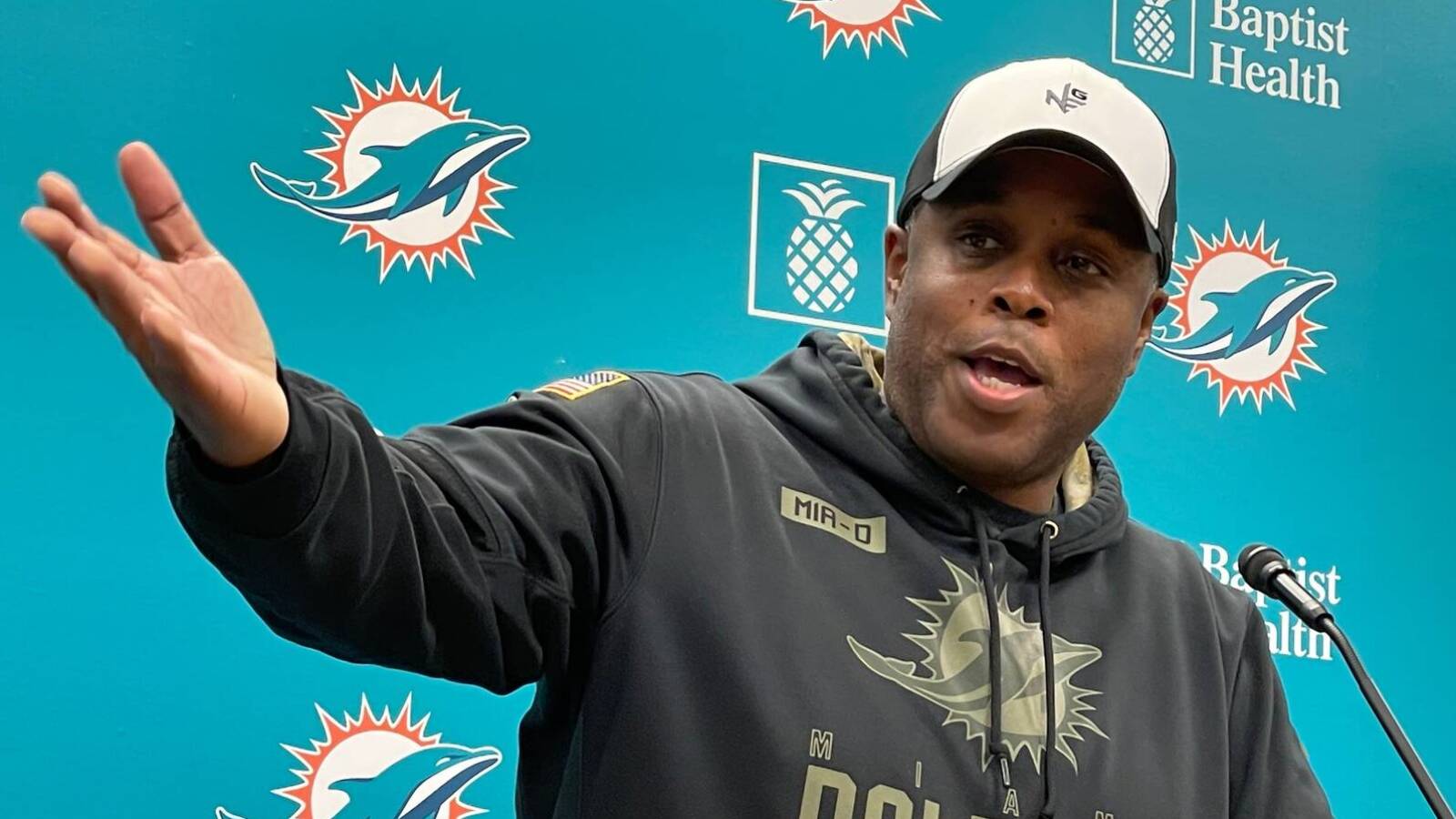The future of personal transportation, cars and trucks and bikes and scooters, is electric. We know this now, and we’ve known it for some time, but automakers, despite all that knowledge, have dragged their feet on actually producing electric cars.
Instead, when mandates came down from on high demanding more battery-powered cars, automakers simply shelled out for credits — paying Tesla, most notably, to build EVs instead. Now, though, that approach has left the traditional players lagging. The Frontier Group, a sustainability organization, had this to say on the matter:
But others chose not to make a serious commitment to EVs. Those automakers had two strategies available to them. The first was to manufacture “compliance cars” – vehicles intended only for the purpose of meeting a regulatory mandate, not generating widespread consumer interest. Former Fiat Chrysler CEO Sergio Marchionne went so far in 2014 as to ask consumers not to buy his Fiat electric car because the company lost money on every one they sold.
An alternative strategy was to simply buy credits from companies that were making EVs – including Tesla. Between credits used to comply with the ZEV program and other regulatory credit programs around the world, rival automakers have paid Tesla more than $8 billion for regulatory credits through the end of the third quarter of 2023, according to Tesla’s reports to the Securities and Exchange Commission. Stellantis, the company that absorbed Marchionne’s Fiat Chrysler, reportedly paid Tesla more than $2.4 billion for U.S. and European regulatory credits just between 2019 and 2021.
…
Automakers that chose to spend the 2010s writing checks to Tesla or making EVs they didn’t want consumers to buy might wish they had that decade back – and their current complaints about the speed of the EV transition need to be taken with that “lost decade” firmly in mind. As Tesla demonstrated, it is possible to make money selling electric vehicles that people want to buy – and not just expensive sports cars, but also everyday vehicles like the Model 3 and Model Y. Major automakers, with their capital and experience, could have followed a similar path. They opted not to.
It’s still unlikely that automakers like Tesla — smaller in scale and less established in production and distribution — will ever truly take down the industry’s giants. If the recession proved anything, it’s that GM and Ford will outlive us all. But this “lost decade” has allowed startup brands to build supply chains, gain new experience, and generally get a head start on the business of making electric cars. All those legacy automakers, who paid out for credits, are now playing catchup.







